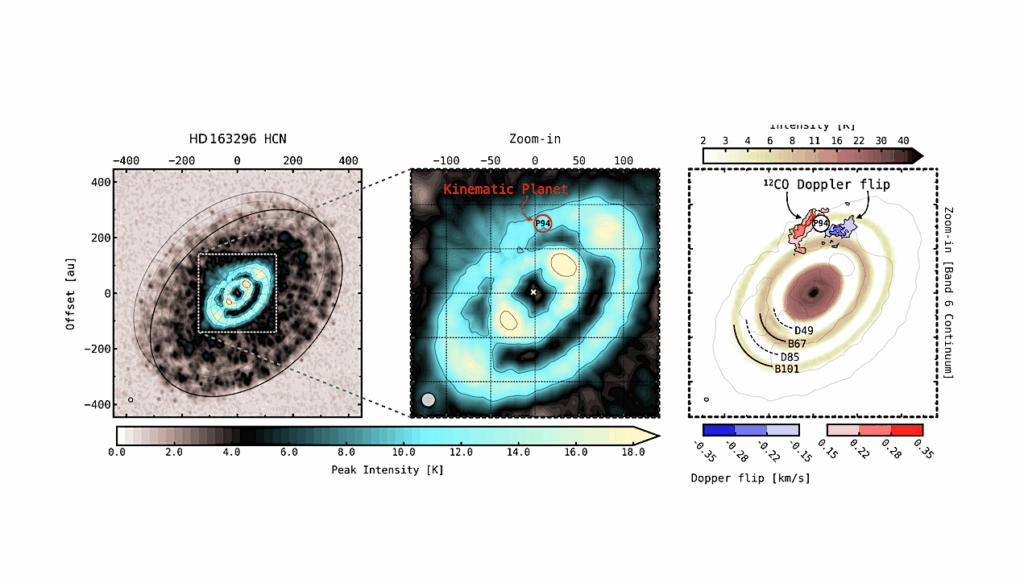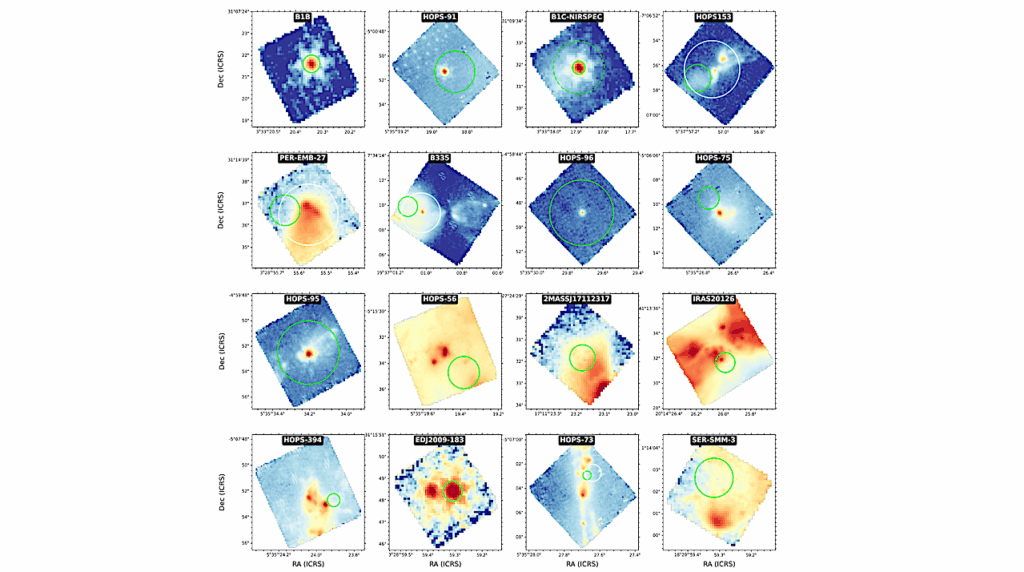The Coma Dust of Comet C2013 US10 (Catalina) A Window Into Carbon In The Solar System

Comet C/2013 US10 (Catalina) was an dynamically new Oort cloud comet whose apparition presented a favorable geometry for observations near close Earth approach (~0.93au) at heliocentric distances ~2au when insolation and sublimation of volatiles drive maximum activity.
Here we present mid-infrared spectrophotometric observations at two temporal epochs from NASA’s Stratospheric Observatory for Infrared Astronomy and the NASA Infrared Telescope Facility. The grain composition is dominated by dark dust grains (modeled as amorphous carbon) with a silicate-to-carbon ratio ~0.9, little of crystalline stoichiometry (no distinct 11.2um feature attributed to Mg-rich crystalline olivine), the submicron grain size distribution peaking at ~0.6um.
The 10um silicate feature was weak, ~12.8% above the local continuum, and the bolometric grain albedo was low (~14%). Comet Catalina is a carbon-rich object. This material, which is well-represented by the optical constants of amorphous carbon is similar to the material that darkens and reddens the surface of comet 67P/Churyumov-Gerasimenko. We argue this material is endemic the nuclei of comets, synthesizing results from the study of Stardust samples, interplanetary dust particle investigations and micrometeoritic analyses.
The atomic carbon-to-silicate ratio of comet Catalina and other comets joins a growing body of evidence suggesting the existence of a C/Si gradient in the primitive solar system.
Charles E. Woodward, Diane H. Wooden, David E. Harker, Michael S. P. Kelley, Ray W. Russell, Daryl L. Kim
Comments: 33 pages, 10 figures, 9 Tables; To be published in the Planetary Science Journal
Subjects: Earth and Planetary Astrophysics (astro-ph.EP)
Cite as: arXiv:2011.06943 [astro-ph.EP] (or arXiv:2011.06943v1 [astro-ph.EP] for this version)
Submission history
From: Chick Woodward
[v1] Fri, 13 Nov 2020 14:40:20 UTC (561 KB)
https://arxiv.org/abs/2011.06943
Astrobiology, Astrochemistry,








